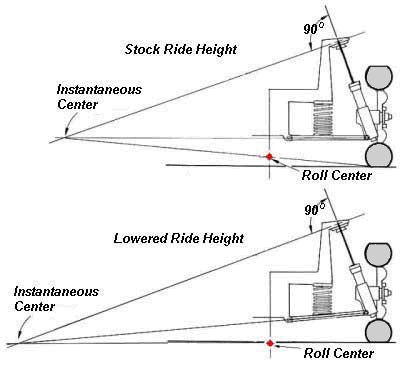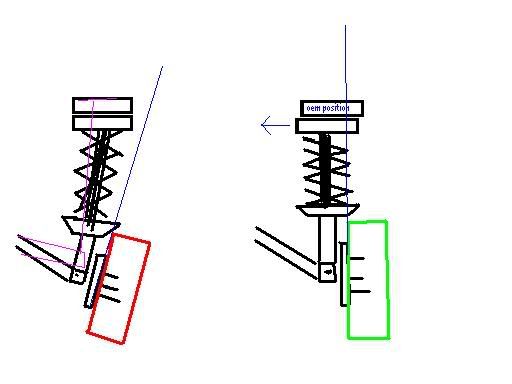If you're not familiar with my project, here's the rundown. I have a 98 Nubira with a 2.0L swap, no swaybars front or rear, 9kg springs at all four corners on bilstein non adjustable shocks. It is a 4 wheel strut car. The bushings are poly. I control roll stiffness front to aft by adjusting the ride height and thus roll centers. I eventually want to eliminate one of those variables with adjustable RCAs but, even now, it works berkeleying awesome.
One of the reasons I'm able to get away with this, I think, is because the Nubira has some unusually high roll centers and I didn't lower the car very much. Considering how happy I am with the results, others might want to consider making high roll centers via RCA or even just raising the ride height.
Problems I had run into before mostly involved jacking in the rear under corner loading. I solved this by lowering the rear ride height and thus the roll center. The only other problem I had was some low speed understeer, but that's gone away with better tires and a slight lowering of the front.
Advantages are as follows:
a. Cornering speeds are stupid. I've had this setup on track three times now and, each time, I've had cornering speeds comparable to other people with the next level up tire. VW GTI on r-comps, I caught him slightly on my 320 wear summer Kuhmos. Kia Koupe on Hoosiers, he was a little, little bit quicker than me through the tight stuff, no faster through the sweepers. S2000 on Contisports, much slower than me on Hankook V12 Evos with a 280 tread wear rating.
b. Tire wear is ridiculously light. I don't drive conservatively on track, if anything I'm prone to over driving. Last time out, I had a four wheel drift going at least once in each of the Korean F1 Circuit's 13 corners during the last session 5 days ago. I look at my tires today and I can't see any evidence this happened.
c. I don't need much camber. 1.5 degrees in the front, 0 in the back and it doesn't roll the tires over at all.
d. It's very, very predictable on the limit.
Sort of controversies:
a: I think high roll centers should be a priority for people tracking strut equipped cars. It tightens up the roll couple and gets you a much better camber curve. So long as you're not jacking under load, I fail to see the down side.
b: I think tuning roll stiffness via roll couple is a BETTER tuning tool than using a swaybar. Swaybars have all sorts of interactions across the axle, with the different motion ratios of the different suspension components. Roll centers interact with nothing but virtual arms and thus can, potentially, be much more consistent.
c: No swaybars means a truly independent suspension. This becomes very noticeable over rumble strips and in bumpy corners when the stuff you normally try to watch out for simply doesn't bother the car.
Definite controversies:
a: I think one reason I'm getting such good cornering speeds is because swaybars convert body roll into weight transfer. Let me restate, I think that if you have swaybars, you are transfering more weight across the axle from the inside tire to the outside tire, thus lessening the mechanical grip available to the system.
b. I think (know) you don't need nearly as much spring to pull this setup off as you'd imagine. My friend's 200 kilo lighter, big swaybar equipped Tiburon runs 14 kg/mm front and 16 kg/mm rear springs and they aren't doing anything unusual. I run 9/9 kg and I don't have body roll problems.



































